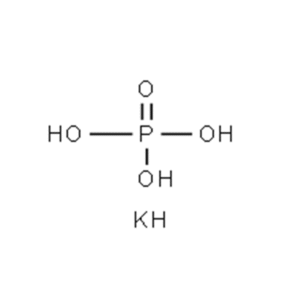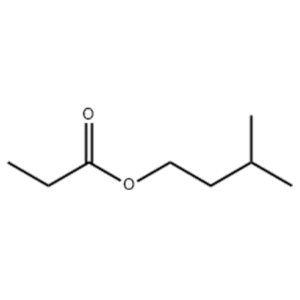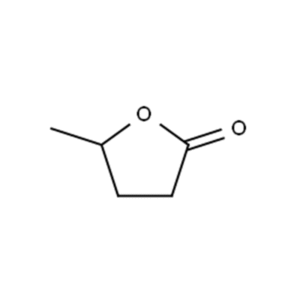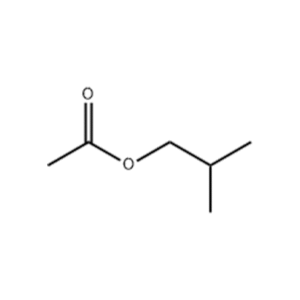【CAS】
7758-11-4 | 16788-57-7
【Alias】
Dipotassium Phosphate (DKP)
Dibasic Potassium Phosphate
Potassium Phosphate Dibasic
Dipotassium Phosphate, Anhydrous
【Molecular Formula】
K₂HPO₄ (Anhydrous) | K₂HPO₄·3H₂O (Trihydrate)
【Relative Molecular Mass】
174.18 (Anhydrous) | 228.18 (Trihydrate)
【Structural Formula】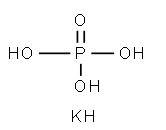
1. Product Property
Food-grade potassium hydrogen phosphate is a white crystalline powder or granules, highly hygroscopic, and easily soluble in water (1600 g/L at 20°C), forming a weakly alkaline solution (pH ~9). It is insoluble in ethanol and decomposes at 340°C. It acts as a buffer, emulsifier, and stabilizer in food applications, enhancing texture and shelf life
2. Quality Standards
| Parameter | Specification |
| Appearance | White crystals or powder |
| Assay (K₂HPO₄, dry basis) | ≥ 98.0% |
| Arsenic (As) | ≤ 0.0003% |
| Fluoride (as F) | ≤ 0.001% |
| Heavy Metals (as Pb) | ≤ 0.001% |
| Water Insolubles | ≤ 0.2% |
| Lead (Pb) | ≤ 0.0002% |
| Loss on Drying | ≤ 2.0% (Anhydrous) / 20.0–30.0% (Trihydrate) |
| pH (10g/L solution) | 9.0 ± 0.4 |
3. Application Scope and Usage
Potassium hydrogen phosphate is widely used in food processing as a buffer, emulsifier, and yeast nutrient. It improves water retention in meat products, stabilizes dairy pH, and enhances baked goods’ texture. In beverages, it prevents metal ion precipitation. As a nutritional supplement, it provides potassium and phosphorus. Regulatory limits apply (e.g., ≤1000 mg/kg in infant formula). It also serves in pharmaceuticals (IV solutions) and fermentation (antibiotic production). Safe handling is essential due to its alkalinity and hygroscopicity.
4. Package and Storage
Food-grade potassium hydrogen phosphate is packed in 25 kg polyethylene-lined woven bags or 50 kg HDPE drums to prevent moisture absorption. Storage requires a cool, dry, ventilated area (<25°C, RH <60%). Avoid contact with acids, oxidizers, and metals. Shelf life is 24 months if sealed properly. Transport as non-hazardous goods, but protect from rain and humidity. Decomposed product (clumping/ammonia odor) should be discarded. Workers must use gloves and goggles to avoid irritation. Bulk storage in airtight silos with desiccants is recommended for industrial use.


